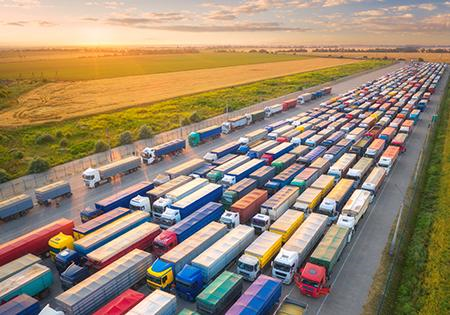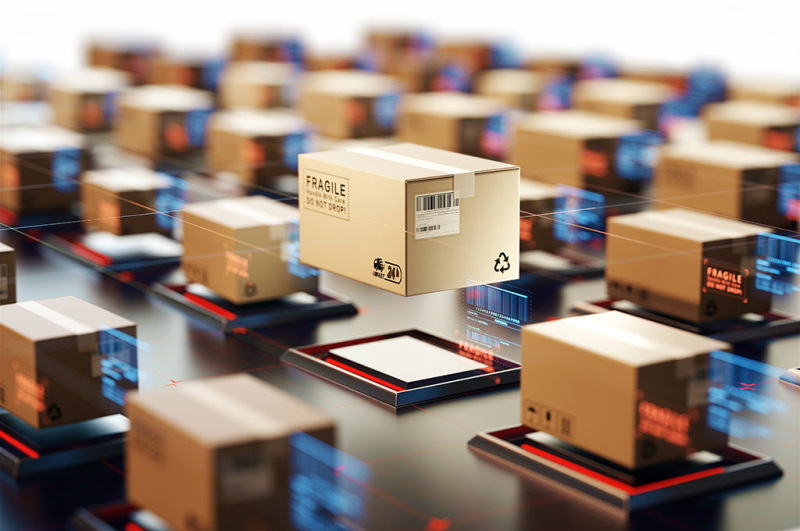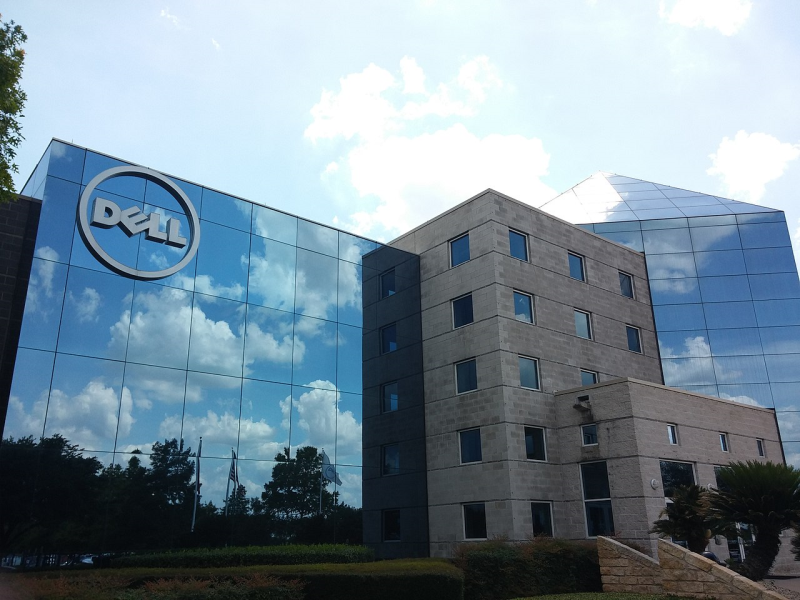
Starting June 1st, 2023 Our warehouse fee will be $0.65/cubic foot per month
In effort to lower the warehouse storage fee during inflation, we have went narrow aisle racking.This construction took us four months but the project is finally completed. With narrow aisle racking, we are able to drop storage by 24%.We as partners will go through this inflation together.
08/11/2025
The logistics and transportation industry is entering a new era of AI-driven operational excellence. According to a detailed market analysis by SNS Insider, the global Generative AI in Logistics Market, valued at USD 816.15 million in 2023, is projected to expand at a CAGR of 36.93%, reaching an unprecedented USD 13,621.30 million by 2032.
This surge is being fueled by the growing need for autonomous decision-making, predictive logistics optimization, and data-driven supply chain intelligence all essential in navigating today’s complex global trade environment.
Generative AI, once considered experimental, is now becoming a mission-critical technology for logistics companies. Its ability to process vast datasets, simulate operational scenarios, and predict demand patterns is transforming how freight forwarders, shipping lines, and last-mile delivery providers operate.
Key drivers behind this adoption include:
Autonomous supply chain management reduces reliance on manual interventions.
Real-time predictive analytics for delivery times, inventory needs, and route changes.
Cost efficiency through operational optimization, reducing fuel use and idle time.
Risk forecasting capabilities to preempt disruptions caused by weather, strikes, or geopolitical shifts.
North America captured 44% of the global market share in 2024, led by the U.S., which benefits from:
Robust e-commerce infrastructure driving high shipment volumes.
Federal AI initiatives supporting logistics modernization.
Advanced cloud and data ecosystems enabling faster AI deployment.
In 2024, the U.S. market alone was valued at USD 349.23 million and is expected to reach USD 4,273.06 million by 2032. Investment in predictive delivery models and autonomous fleet operations will sustain this momentum.
The Asia-Pacific region is projected to record the highest CAGR through 2032, propelled by:
E-commerce booms in China, India, and Southeast Asia.
Government investments in smart cities and digital trade corridors.
Affordable cloud infrastructure and a rapidly growing AI-skilled workforce.
From port automation in Singapore to autonomous trucking pilots in China, the region is becoming a hotbed for AI-driven supply chain innovation.
In 2024, VAEs held a 30% market share due to their strength in:
Demand forecasting and capacity planning.
Route optimization for complex supply chains.
Integration with ERP and WMS platforms.
These models are favored by large enterprises needing high stability and explainability critical for compliance and operational transparency.
GANs are increasingly used for:
Simulating delivery routes and optimizing drone paths.
Training AI systems on rare or extreme logistical scenarios.
Dynamic real-time risk adjustment in shipping and warehousing.
As logistics moves from reactive planning to proactive real-time optimization, GANs are expected to see explosive growth.
In 2024, cloud-based generative AI solutions accounted for 68% of market revenue, thanks to:
Scalable deployment models accessible to SMEs and global freight companies.
Seamless IoT integration with fleets, warehouses, and cargo monitoring systems.
The rise of AI-as-a-Service platforms, lowering entry barriers for smaller operators.
On-premise deployments are popular in sectors requiring:
Full data sovereignty (defense, customs, luxury goods).
Compliance with local data governance laws.
Ultra-low latency decision-making for in-region supply chain control.
With modular AI becoming less resource-intensive, mid-tier logistics providers are beginning to adopt on-premise solutions for greater control.
Road transport led the market in 2024 with 34% share, as it plays a vital role in:
Last-mile delivery optimization for e-commerce.
Fuel consumption reduction via AI-optimized driving patterns.
Cargo safety simulations for high-value goods.
The rise of autonomous trucking will further enhance efficiency.
Ports are adopting generative AI for:
Container allocation optimization.
Weather-related rerouting and congestion management.
Fuel-efficient vessel operation planning.
With global trade volumes increasing, AI will become central to maritime logistics competitiveness.
Prominent companies leading the market include:
Deutsche Post AG
UPS
Schneider Electric
FedEx Corp
A.P. Moller - Maersk
Blue Yonder
Google Cloud
IBM
Microsoft
Salesforce
These players are investing heavily in AI R&D, strategic partnerships, and custom logistics AI solutions to stay competitive.
Generative AI offers measurable benefits across the logistics value chain:
Time-to-Implementation: Faster deployment for ROI in fleet, inventory, and warehouse systems.
Predictive Accuracy: Improved forecasting for demand, delivery times, and routing.
Risk Mitigation: Better contingency planning through simulated scenarios.
Sustainability: Reduced emissions through route optimization and resource efficiency.
With double-digit growth projected across all major logistics segments, generative AI is no longer optional; it is becoming a competitive necessity. From real-time predictive routing to autonomous freight scheduling, its ability to cut costs, boost efficiency, and enhance service reliability is set to redefine the global logistics landscape.
*Edited for Worldcraft Logistics - This article has been extensively rewritten and expanded to suit the needs of logistics, international transportation, and import-export professionals, ensuring deeper insights and actionable intelligence.
SEO
Digital Marketing/SEO Specialist
Simon Mang is an SEO and Digital Marketing expert at Wordcraft Logistics. With many years of experience in the field of digital marketing, he has shaped and built strategies to effectively promote Wordcraft Logistics' online presence. With a deep understanding of the logistics industry, I have shared more than 500 specialized articles on many different topics.

Hot News
08/05/2024

Hot News
02/23/2023

Hot News
02/23/2023

Hot News
02/06/2023
Hot News
02/07/2023